
 0086 18165740359
0086 18165740359 
Transparent and Translucent Materials
Transparent and translucent materials are essential in industries such as packaging, construction, electronics, automotive, and medical. Key optical properties, including transparency, haze, and color consistency, determine both functionality and aesthetics, directly influencing consumer experience and market value. The core properties of these materials, such as the degree to which light is allowed to pass (transparency) and the degree to which light is scattered (haze), play a vital role in different application scenarios. Through precise detection and control technology, manufacturers can optimize the optical properties of these materials to meet strict industry standards and diverse market needs.
Definition and Importance of Haze and Transparency
Haze : Haze refers to the degree of light scattering as it passes through a material. Higher haze, caused by greater light scattering, is ideal for applications requiring visual obstruction, such as translucent packaging. Conversely, low haze is preferred for applications demanding clear visibility, such as food packaging films or mobile screen protectors.
Transparency : A measure of a film's ability to allow light to pass through it. Films with high transparency can enhance the visibility of contents and the attractiveness of products, while films with low transparency are more often used for protective or decorative purposes.
For plastic films in food packaging, low haze can improve the visibility of product contents, thereby enhancing consumers' trust in product freshness. In the construction and automotive industries, the haze of glass affects visual clarity and lighting effects, so strict testing and quality management are required. In medical devices or electronic screens, the optical properties of transparent materials are directly related to their functionality and user experience. In order to ensure the quality of transparent and translucent materials, manufacturers must use high-precision testing equipment such as spectrophotometers, haze meters, and transparency testers. These tools can provide scientific and reliable measurement data to provide strong support for product development and production.
Through systematic optical performance management, manufacturers can not only improve product consistency and reliability, but also reduce quality issues caused by batch-to-batch performance differences. In addition, these testing processes can help companies gain an advantage in the competitive market, meet customers' expectations for high-quality products, and comply with strict industry regulations.







 Plastic packaging haze control
Plastic packaging haze control
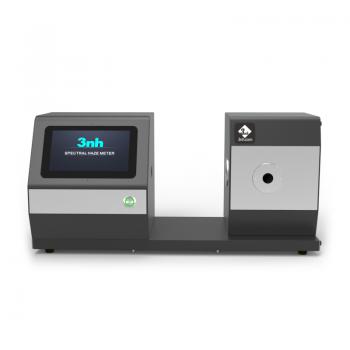
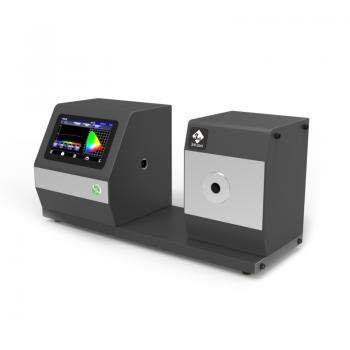
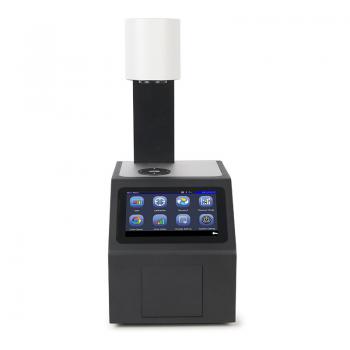
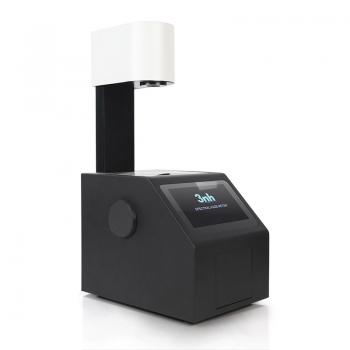

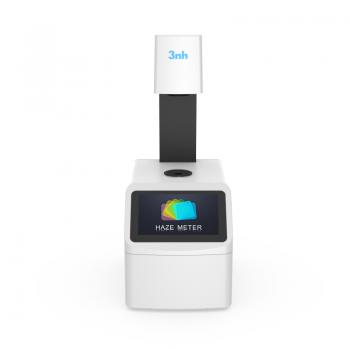
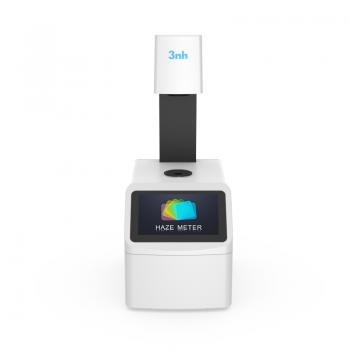
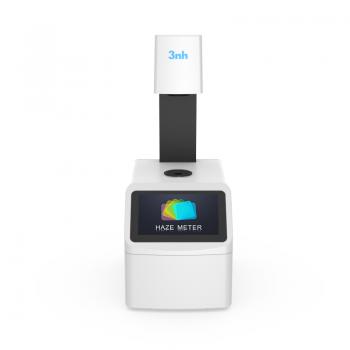
 Skype Online
Skype Online